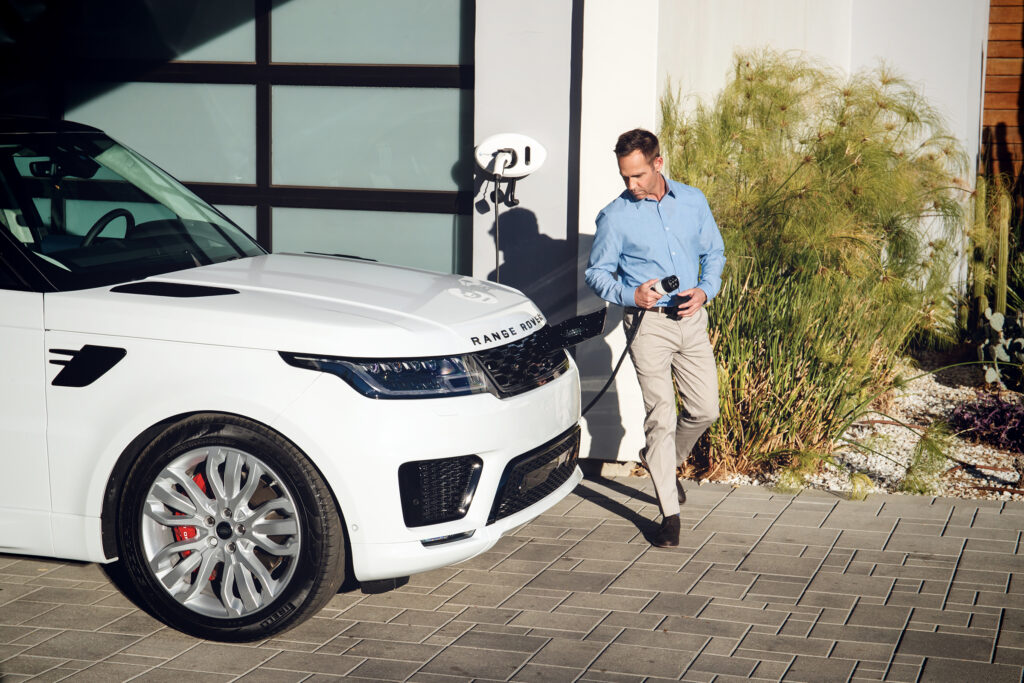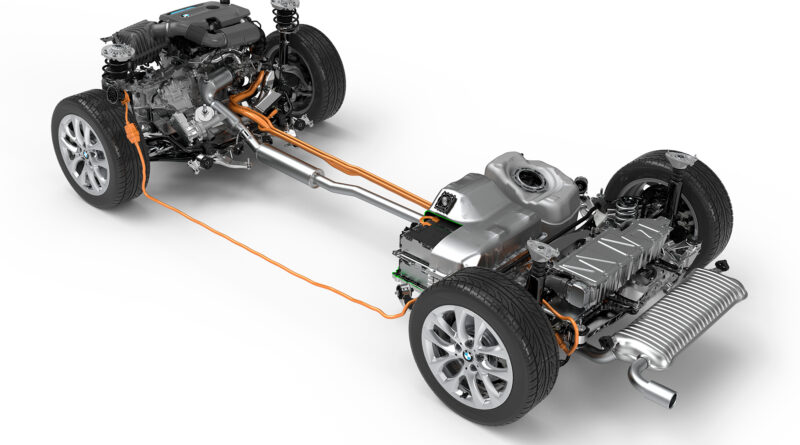PHEV: Plug-in hybrid electric vehicle
Like hybrids, plug-in hybrid electric vehicles (or PHEVs) have an internal-combustion engine and an electric motor. Plug-in vehicles take the hybrid philosophy a step further by fitting a larger battery pack that can be recharged externally. The idea is that you can drive for short distances, typically 30-60km, using only the electric motor. The engine can add power on demand. Once the battery is drained, purely electric driving is impossible, so the PHEV will switch to hybrid operation. Some PHEVs also allow the driver to select a mode where engine power is used to recharge the battery pack. Because there is a fuel tank you can drive anywhere you can in a petrol-powered vehicle.
READ MORE: What is a hybrid vehicle (or HEV)?
READ MORE: What is a hydrogen fuel cell electric vehicle (FCEV)?
READ MORE: What is an EV or BEV?
Pros: Can run frequently on electricity, petrol tank backup for longer journeys
Cons: Added weight of engine reduces efficiency, short EV range
Ideal for: People doing mostly short trips but who need flexibility for long journeys
Examples: Mitsubishi Outlander PHEV, Volvo XC60 T8, Range Rover PHEV Vogue, Porsche Cayenne E-Hybrid, BMW 330e





